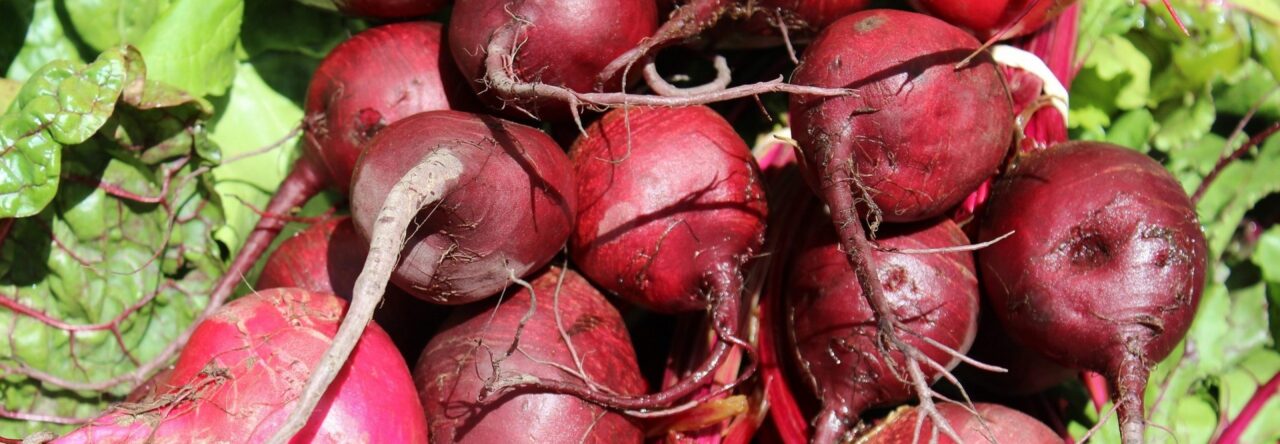
My original intent was to write about a few spices and herbs and their use in food and as medicine, but the more I researched them, the more interesting this topic became. So, I decided a series would do this justice rather than a simple blog post. I hope you enjoy it as much as I did in learning and writing about it.
What do plants have that we don’t?
Plants evolved to combat harmful substances such as microbial pathogens (fungi and bacteria) and insects. These can impair plant growth and reproduction and lead to plant death. Plants have evolved diverse immune strategies to combat these harmful substances which include chemical, structural, and protein-based defenses designed to detect and prevent damage. Plants and microbial pathogens have evolved together in what Leigh Van Valen, an evolutionary biologist, called the Red Queen effect – plants develop new strategies to combat the constant change in microbial pathogens. The term, “Red Queen” comes from Lewis Carroll’s Through the Looking-Glass, a sequel to the popular novel Alice’s Adventures in Wonderland. The fictional character Red Queen says to Alice about the nature of Look-Glass Land, “Now, here, you see, it takes all the running you can do, to keep in the same place.” Van Valen hypothesized that species must run (evolve) in order to stay put or prevent extinction.
The diverse immune strategies utilized by plants are very beneficial to humans. These include over tens of 1000’s of phytochemicals – phyto is Greek for plant – but scientists believe their are many more to be identified. Phytochemicals contribute to the color, taste, and smell of plants, and scientists have been researching their benefits to human health for decades. Phytochemicals are classified according to their chemical structures and functional properties and are broadly categorized into groups called flavonoids, isoflavones, or anthocyanidins.
Traditional medicine is based on the use of these plant chemicals through experience rather than scientific research to cure disease. Prior to WW I, the US was no different than the rest of the world in their use of traditional medicine which involved some combination of prayer, magic, and concoctions of herbs and species. Modern western medicine, however, has not deemed phytochemicals essential to humans because definitive proof of their health effects have not been conclusively established. Evidence-based medicine, the philosophic foundation of modern Western medicine, uses randomized control trials or research studies to establish effectiveness, so the scientific benefits of phytochemicals are still under scrutiny. As you can imagine, it is difficult to isolate specific phytochemicals in plants and identify their role in complex human biology. Science takes a long time to verify (repeated studies which have the same result), so I get the hesitancy in moving full force ahead in recommending specific plants for specific health benefits. Unfortunately, it is estimated to take 17 years for evidence from research to be widely accepted practice in medicine. Because plants are generally safe and nutritious, there is no reason we cannot explore both the traditional and western beliefs about phytochemicals and the role they play in human health.

In particular, I have always been interested in herbs and spices not only because of their purported medicinal qualities and phytochemical content, but also because they add value to foods we eat. They are cheap and easy to obtain or grow. They make food taste better though “taste” is actually a combination of sensory perceptions. Taste is a fusion of flavor, smell, touch, and sight. Flavor perception influences food choice, intake and ultimately diet quality. Herbs and spices enhance the flavor and palatability of foods and play a role in increased consumption of nutritious foods otherwise not eaten. Herbs and spices, because they have similar effects on sugar and salt flavor receptors can be used as a substitute and lower our consumption of these problematic nutrients.
The terms “herb” and “spice” describe the different parts of a plant traditionally used in cooking, medicine, religious ceremonies, aromatherapy, for protection, and to ward off evil spirits. Herbs usually come from the leaves while spices come from the bark, berries, flower buds, roots, or seeds of certain plants. A plant can be both like the dill plant; its seeds are a spice, but its leaves are an herb. Herbs and spices also are ingredients in our cultural diets and evoke deep memories. They remind us of childhood cuisines and pleasant memories of family meals.

Next: the history of spices is the history of the human existence

Leave a Reply